Having lived in South Africa for awhile, Cape Town was always the “fun place to go”. But it is so much more than that. For tens of thousands of years, the area around Cape Town was inhabited by the Khoe people. Said to be descended from the “bushmen” of the region, the earliest inhabitants of South Africa mostly lived in the area now known as Peers Cave in the suburb of Fish Hoek. While there is little known about them the first Europeans to explore the area were the Portuguese in 1488 and then again in 1497 when maps started to chart the area officially as the “cape of good hope” because of the establishment of the sea passage from Europe to India. By the 16th century, several European powers stopped by in the area to trade with the Khoe while en route to and from Asia. In 1652, the Dutch set up a permanent settlement under the Dutch East Indies Company, and a permanent fort and trading post was established but growth was slow as there was a shortage of labor available. Following the Anglo-Dutch treaty of 1814, the British took over the colony until 1960 when it became the Republic of South Africa.
Like many other former British colonies, the history of the region is a bit of a sordid one. Cape Town was both one of the most racially integrated places in the country then became one of the most segregated places with the introduction of apartheid and the imprisonment of political dissidents on Robben Island. While the scars are still visible Cape Town is one of the region’s biggest tourist hot spots. It has a mild climate almost all year round with stunning beaches, great food, and notable attractions. The city itself is modern and cosmopolitan while also being surrounded by nature features like mountains, parks, and plenty of green spaces. It’s an eclectic mix of modern Africa and Europe that isn’t afraid of its natural surroundings. Head out and explore one of Africa’s biggest cities and check out Cape Town.
See where it all started at The Castle
Officially known as the Castle of Good Hope, or just “the castle” by locals, The Castle of Good Hope is the oldest building still standing in the entire country. The structure was built between 1666 and 1679 that replaced the original “Fort de Goede Hoop” by Jan Van Riebeeck, the first Dutch administrator of the land. The position of the fort was originally by the coastline but land reclamation efforts in the years since then have pushed the position of the fort more inland. The fort itself is a piece of living history as the fort was an important stronghold during the escalating tensions between the British and Dutch in the 18th century and then used as a prison during the Second Boer War. The bell tower over the main entrance is also home to the oldest bell in South Africa having been cast in 1697 in Amsterdam. The castle houses a museum now and a few former prison cells kept intact, one of which belonged to the infamous spy Fritz Joubert Duquesne.
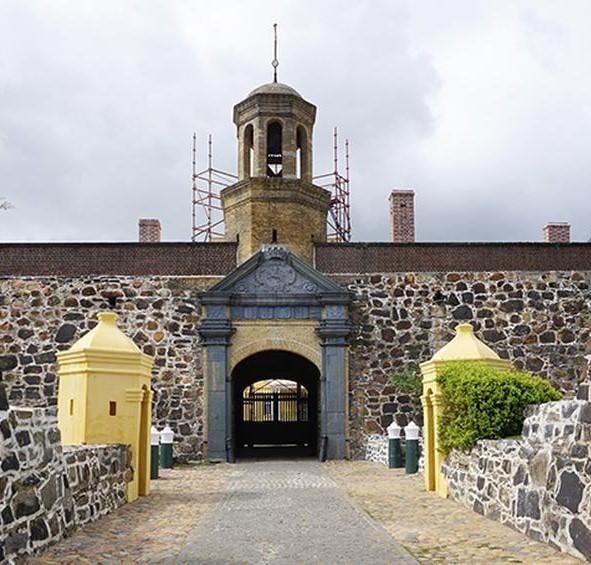
The Castle of Good Hope is thought to be haunted and is typically named one of the most haunted places in the world.
Get an Aerial View of the City
Cape Town forms what is known as the “City Bowl”. From a bird’s eye view the city sits in a natural amphitheater-like shape flanked by Table Bay on one side, and the peaks of Signal Hill, Lion’s Head, Table Mountain, and Devil’s Peak giving the city a bowl-like shape. Table Mountain is one of the highest of the peaks and offers an amazing perspective of the city and views of the coast. The cable car ride up the mountain will offer you a leisurely ride up to the top complete with some more views as you get higher and higher but for the physically capable, there is also the option to hike up. If you choose to walk up, there are designated paths but no one will judge you if you opt to take the cable car. Nearby Lion’s Head is also a solid option for a hike and panoramic views and it is less of a strenuous trek.
Immerse yourself in Nature at the Kirstenbosch
Located around the slope of Table Mountain is the Kirstenbosch. When Cape Town was in its early days of settlement for both the Dutch and the British several plants and flower species were brought over from Europe and other colonies. The imported plants served a purpose such as rooikrans to stabilize the cape flats, and eucalyptus from Australia to help drain marshes. The Kirstenbosch is the spiritual successor to all of that with 1,300 acres of land dedicated to making a huge botanical garden. Walk along the trees canopy on what’s known as the “Boomslang” (or tree snake) and snap a few pictures and do a little bird watching. Spend a moment in the protea garden, a space dedicated to South Africa’s national flower.
Learn to surf at Muizenberg
Lovers and amateurs of surfing alike will tell you that a great way to relax after a long day is to hit the beach and ride the waves. Cape Town is home to plenty of great beaches and some of the best surfing on the continent, and one of the best spots is here in Muizenberg. Whether or not you’ve been surfing once before or even if it’s your first time on a board, you’ll get the basics down in no time and all you’ll need is your bathing suit and sunscreen. All ages and skills are welcome and an hour and a half of practice and training will only run you about 20$ USD.
Spend a day at the Beach
If surfing isn’t your thing and you’d rather hang out on the beach and do a little swimming and sun tanning, then you’ve come to the right place because Cape Town is a beach town. For people in the Northern hemisphere don’t forget that the summer months here are in December, January, and February with the peak hitting around New Year’s. The winter goes from June to August and while a little wet, the temperature rarely goes under 59 F (15 C) during the daytime.
The beaches around False Bay are some of the most popular for swimming with plenty of calmer waters and hotter temperatures. St. James has some very picturesque tidal pools while beaches such as Clovelly and Fish Hoek have sheltered bays and soft white sand. If you’re looking to go au naturale Sandy Bay beach is one of the more popular nudist beaches around and a big spot for LGBT tourists.
If surfing, nor sunbathing interests you then definitely check out Boulders Beach. The rough sand and rocky shores aren’t the best for sunbathing or swimming and the water is too cold anyway. So why go? Because the place is the home of hundreds of African penguins. The penguin colony is part of conservation park effort and so there is a small fee to gain entrance to the area but the penguins are friendly, cute, and you can waddle in the water with them. Just don’t get too close.
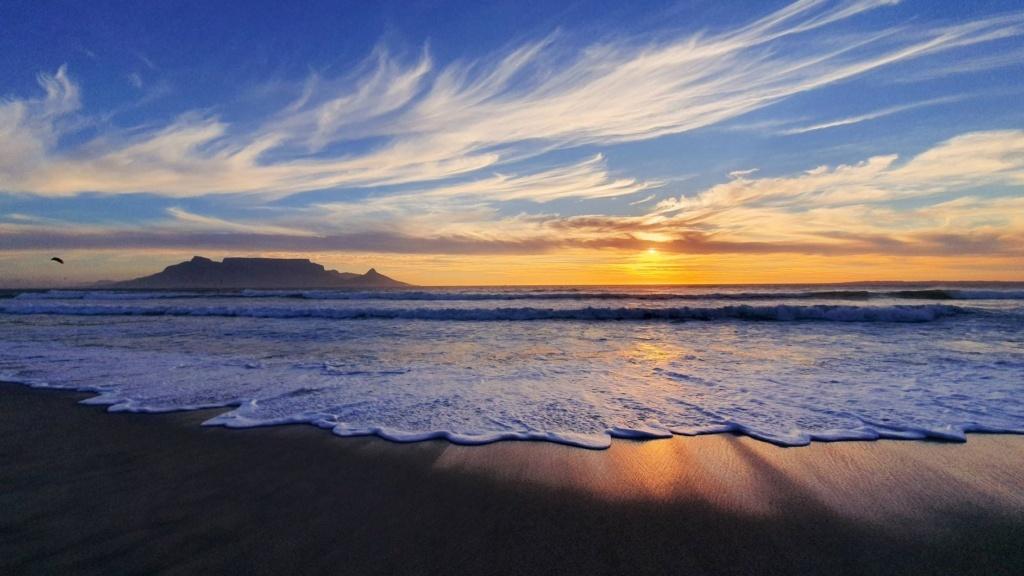
You can never go wrong spending a day at the beach in Cape Town.
Learn about the Complex History at Robben Island
In the complex backdrop of the racial history of South Africa, Robben Island is a centerpiece of the ordeal. Robben Island is a small landmass that’s visible from the shore of Cape Town in Table Bay. For many years it was used my Portoguese navigators, then used by the Dutch as a place to keep animals without the fear of predators. Over the years the island was used as a whaling station, leper colony, though it was already being used as a prison by the 17th century. The island became a full-time maximum security prison in 1960. Used by the South African government to mainly imprison political prisoners and anti-apartheid activists.
In 1991 the prison closed and by 1999, it became a UNESCO World Heritage Site and museum where now, thousands of people each year take the ferry out to the island to learn about the country’s past and be toured around the island by some of the very people who were once imprisoned there themselves. The island’s most notable prisoner was no doubt Nelson Mandela who spent much of his 28 year sentence here. Aside from Mandela, the prison also held Mac Maharaj, Ahmed Kathrada, Mosiuoa Lekota, Govan Mbeki, Walter Sisulu, Jacob Zuma and Robert Sobukwe who all have crucial roles in the overthrow of apartheid and the transition of South Africa into a democracy.
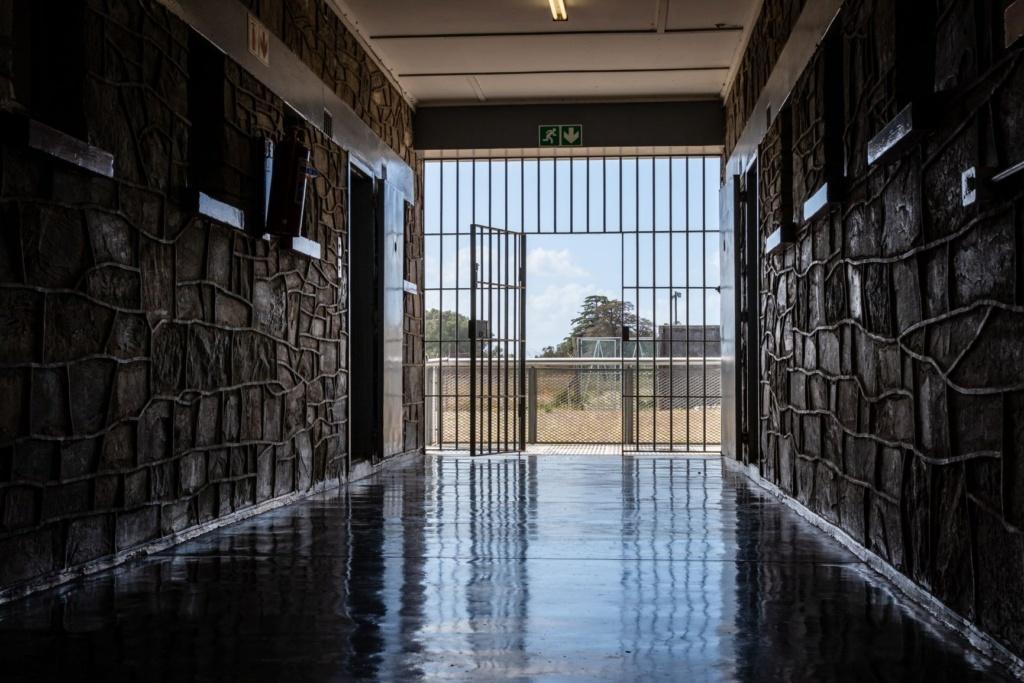
Touring Robben Island is a moving experience not to be missed.
Explore the Colorful Neighborhood of Bo-Kaap
The diversity of any country is reflected in its food scene. The area of Bo-Kaap is both a reflection of the country’s past history and its diverse culture. Bo-Kaap is located southwest of the downtown area that has been historically home to the city’s Malay community. Most of which are Muslim descendants of South-East Asian slaves. The neighborhood is brightly colored with buildings and homes all having a different color and the views over Cape Town itself are pretty good from here. The area is full of interesting things to see such as Atlas Trading which is an old school spice shop where you can stock up on just about anything. Or just tell them what you plan on cooking and mix up something for you on the spot. The Bo-Kaap museum showcases a traditional prosperous Muslim family home as it might have looked in the 19th century. Just wandering the town is a delight in itself, there are plenty of quaint little shops and cafes around the area all offering some pretty cheap street food such as curries, dry fruits, and meat dishes.
Embrace Braai cuisine
The summers in South Africa can be long and hot. When it’s too sunny and hot outside to fire up the stove and slave over a hot oven, the braai is there. Don’t be mistaken for a barbecue, it’s not, braai culture is something else entirely and in a country that has had it’s issues with segregation, the one thing that unites almost all South African, it’s the braai. The braai is a type of grill but more than just that it is a social custom. The term originates from Afrikaans “braaivleis” which roughly translates to “grilled meat”. Braai culture might seem similar to barbecuing in North America but it’s not. Braais are a casual event where much of the eating is done near the braai itself. Chicken, lamb, steak, and pork chops are popular choices but it wouldn’t be a braai without some South African essentials like boerewors, sosaties and plenty of Castle Lager to wash it down. Whether it’s Christmas, a graduation, or a regular Tuesday, there’s no bad reason to fire up the braai.
Cape Town is the city of sunny skies, tasty food, and great surroundings. It is the type of city that makes you want to be outside, soaking up the sun and enjoying everything there is to offer. Spend some time at the beach, hiking the hills, then enjoy an evening braai with the sun setting in the distance.
3 Comments
Submit a Comment
Related Posts
Exploring the Untouched Beauty: 5 Must-Do Activities in Uganda
Embark on a Ugandan adventure and witness the raw beauty of its landscapes. Trek through misty jungles to observe mountain gorillas, cruise the Nile at Murchison Falls, spot tree-climbing lions in Queen Elizabeth Park, marvel at Lake Bunyonyi’s serenity, and hike the snow-capped Rwenzori Mountains. Uganda’s untouched splendor awaits your discovery.
The Human Connection: Why We Should Care About People We Meet on Our Travels
“The Human Connection” explores the profound impact of human interactions during travels. It emphasizes the importance of embracing local cultures, understanding diverse perspectives, and forming meaningful connections. This post encourages readers to see beyond tourist spots and delve deeper into the heart of the places they visit, through the people they meet.
Why Climate Change Matters: Understanding the Threat to Our Planet
Climate change is not just an environmental issue; it is a threat to our very existence. Rising temperatures, extreme weather events, and melting ice caps are just the beginning. The consequences of inaction are dire, affecting ecosystems, economies, and human lives. It is imperative that we understand the urgency and take immediate action to combat this global crisis.

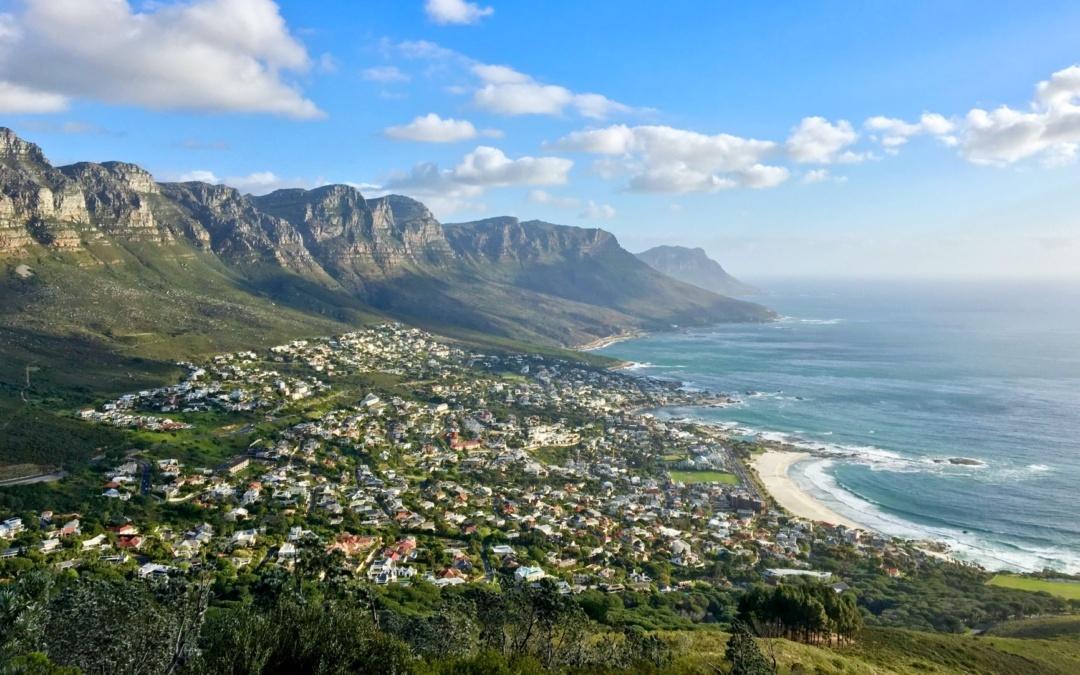
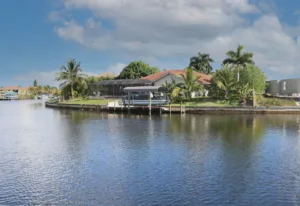


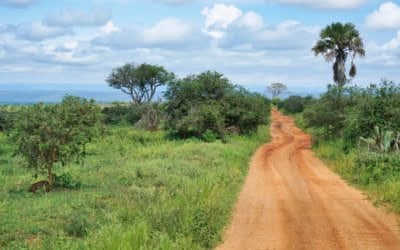
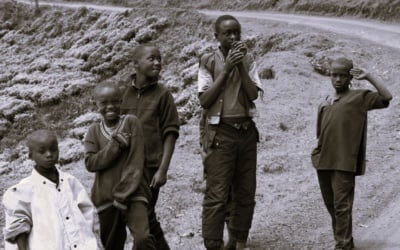

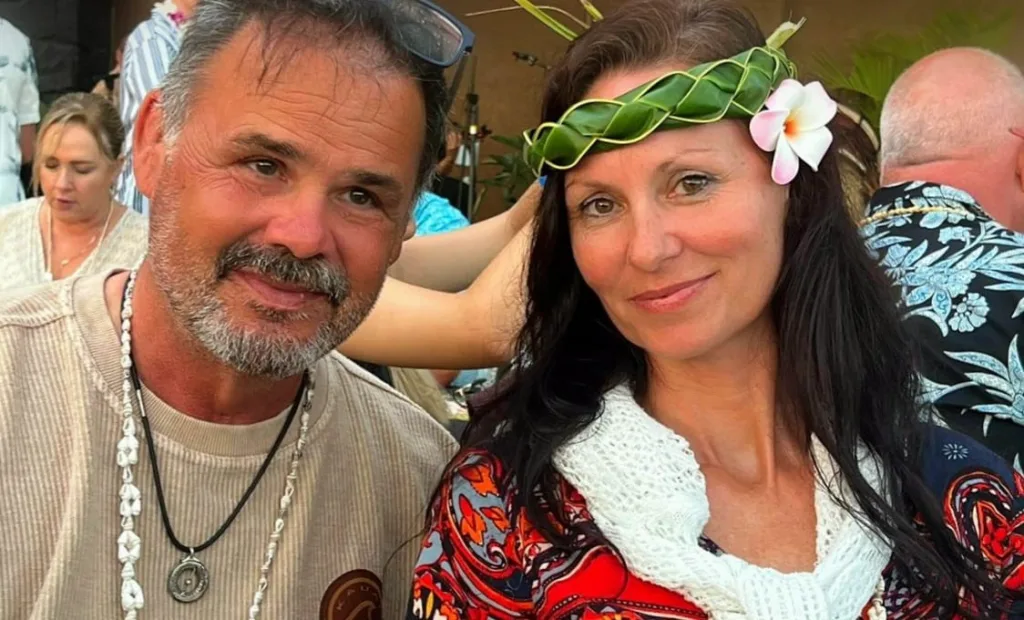
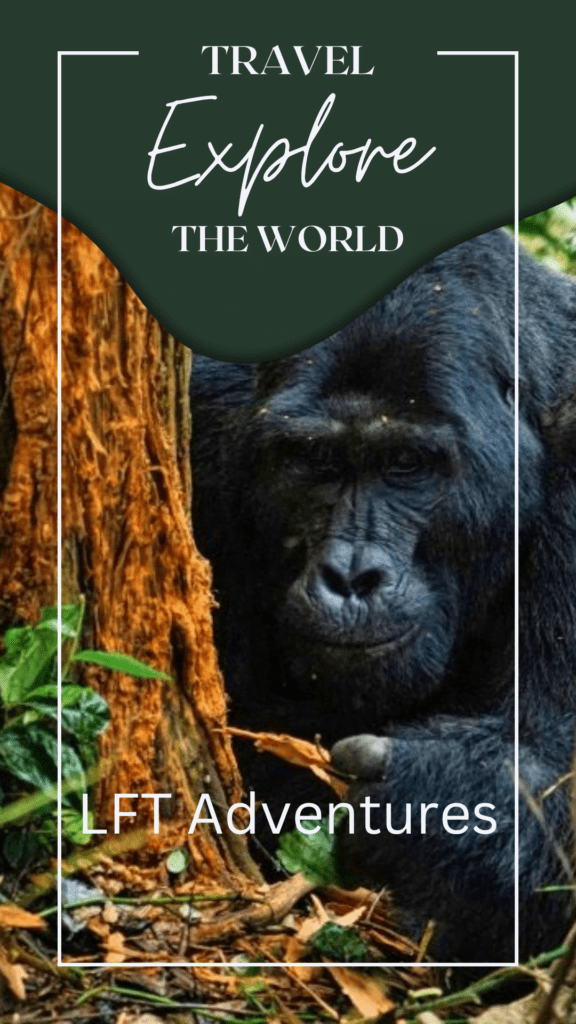
very nice article and quite informative. 10 out of 10 for the writer. Cheers !!
Thanks.
You guys are really great listening out things to make ones tour easy and fun. I consider your blog very useful and helpful . Thanks M&K.